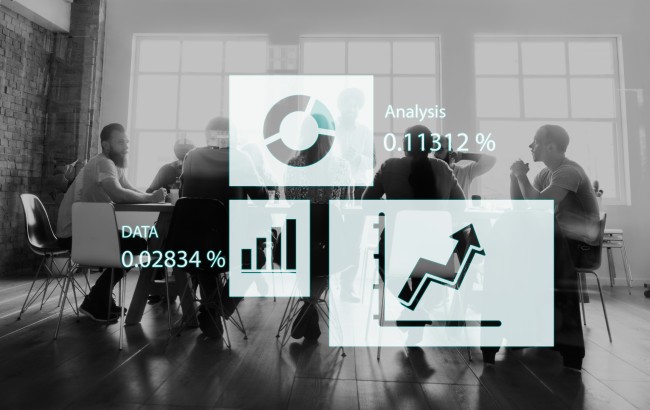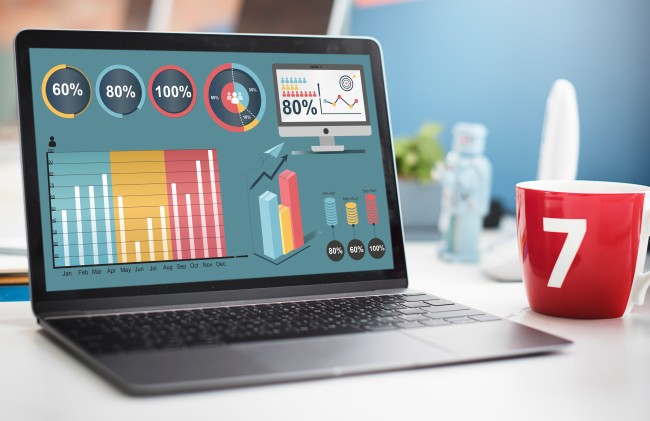Consumer Goods companies (CGs) are analyzing various ways of developing demand as legacy demand sensing strategies have demonstrated inadequacy in expanding supply chain intricacy and advancing customer conduct.
Various external forces, such as international crises, climatic trends, economic trends, and others, are continually causing the demand-supply chain to alter quickly.
As we observed during the pandemic lockdown, these main drivers of transition can reshape the functional business processes by analyzing current market needs.
In line with this, this transformation can only be achieved by applying Demand Sensing Solution in supply chains to receive the accurate demand signals of the customers.
So, before discussing at length, let us delve into the basics of Demand Sensing.

What is Demand Sensing?
A system and innovation use new numerical strategies and constant current data to make a precise future forecast because of present factors of the supply chain.
Demand Sensing Solution is fundamentally different from traditional forecasting. Because it uses a much more comprehensive range of demand signals, including up-to-date supply chain data and a variety of mathematical models, to produce a more accurate forecast that reacts to real-world events, such as market shifts, weather changes, natural disasters, consumer buying patterns, etc.
Demand sensing use technology that analyzes massive volumes of data and spots patterns, giving supply chains helpful information and enabling them to make informed decisions. Combining big data in real-time aids businesses in understanding consumer behavior and characteristics.
The “customer-centric” supply chain is the main emphasis of demand sensing. What does the consumer want, and when? Delivering high service levels with optimal stock levels is the primary goal of customer-centric supply chains.
The objective of Demand Sensing
Demand sensing aims to assist planners in making short-term decisions based on what occurred just a few hours or days ago rather than what happened a year ago. It resolves the latency problems with conventional time-series statistical techniques.
Demand sensing focuses on eradicating supply chain lag by assiduously cutting the amount of time that passes between events and the responses to those events.
More specifically, the objective is to cut the total amount of time that passes between the emergence of a statistically significant mix of demand signals and the planner’s capacity to respond intelligently to those signals.
Advantages of Demand Sensing
- When properly implemented as part of a holistic strategy, prediction accuracy is increased from the conventional 60% to over 80% at the SKU/shelf/location level, aiding supply chains in improving efficiency and customer satisfaction.
- By optimally deploying the same, whether in transit, shipped from the distribution center, cross-docked, flowed through, or sent directly from the manufacturer, inventory accuracy can be increased by up to 20%.
- This rise in forecast accuracy enables businesses to manage the consequences of market volatility better and benefit from a demand-driven value network, including more effective operations and higher service standards.
- Several financial advantages include Increased sales, Better profit margins, Lower inventory levels, Better order fulfillment, and a faster cash-to-cash cycle time.
- Scales to handle the large amounts of data resulting from millions of item and location combinations.
- To replenish the high-frequency demand signals with efficient execution, the underlying technology allows a seamless environment between planning and execution.
- Supplying a more responsive framework for supply chains to meet demand quickly and precisely.
- Demand sensing, in particular, makes it possible to automate short-term planning, freeing supply chain professionals to focus on alarms and exceptions and more mid and long-term strategic responsibilities (such as unexpectedly running out of stock). Demand sensing is most valuable when its output is used for sourcing, intelligent replenishment, dynamic warehousing, and real-time production scheduling.
- In general, businesses must contend with external “pull” and technological “push” forces for their digital transformation. Examples include increasingly high consumer expectations for quick order fulfillment (universal connectivity and availability of real-time data). Demand sensing serves both types of mobility, making it an excellent candidate to spark digital change.
- Demand sensing provides substantial sourcing, manufacturing, warehousing, and distribution benefits. It lays the groundwork for new data-driven business models with increased consumer interaction by laying the groundwork for a broader digital transformation and enabling a truly connected end-to-end supply chain.
Demand Sensing Techniques
Here are some methods for demand sensing that can be used:
Start with detailed historical data: Since it allows planners to assess sell-in demand information over a shorter period. The shipping history, which can be retrieved from any ERP or supply chain planning system, is also considered.
Include relevant downstream sell-out data: For accurate demand sensing, it’s crucial to consider pertinent downstream sell-out data, including channel data and information on customer orders and consolidated POS (point-of-sale) data.
Financial information and impact: In many cases, it is crucial to consider the actual economic effects; therefore, data on increased revenues, improved profit margins, lower inventory levels, better order performance, and a shorter cash-to-cash cycle time should also be included.
How do businesses create value through Demand Sensing?

It is a fantastic chance for the supply chain to strengthen its position as a source of revenue rather than a cost center for the company.
Using previous data and future projections of outside influences, demand sensing puts you on the road to predictive demand. It is actually predicting the future since an algorithm that tells you what demand will be in the future, given a specific set of conditions, was developed using years of data.
This enables supply chain planners to transition from batch-based, manual tasks and Excel spreadsheets to strategic and data-driven scenario planning for the future of their profession. This benefits the customer even more because it enables us to avoid the adverse effects of being out of stock, which might result in customers switching to another brand or abandoning your portfolio of goods.
Everyone in the sales, marketing, or supply chain industries would concur that having a precise understanding of demand will provide you with a permanent competitive advantage.
Closing Note
Your business can increase earnings by identifying the factors influencing client demand and using demand-shaping levers when they are most effective.
Any business that wants to keep or improve its current market position over the coming years must adopt a linked, real-time supply chain made possible by real-time demand sensing.
For traditional models, which rely on the statistical analysis of historical data, the rate of change is too rapid, and the number of contributing factors is too high for them to remain valid.
